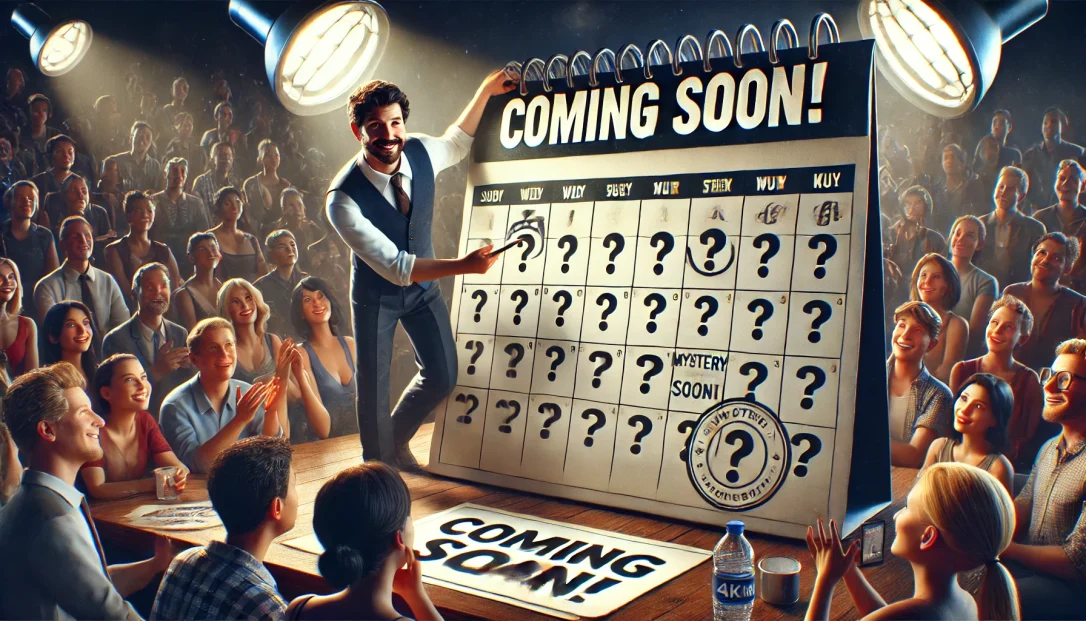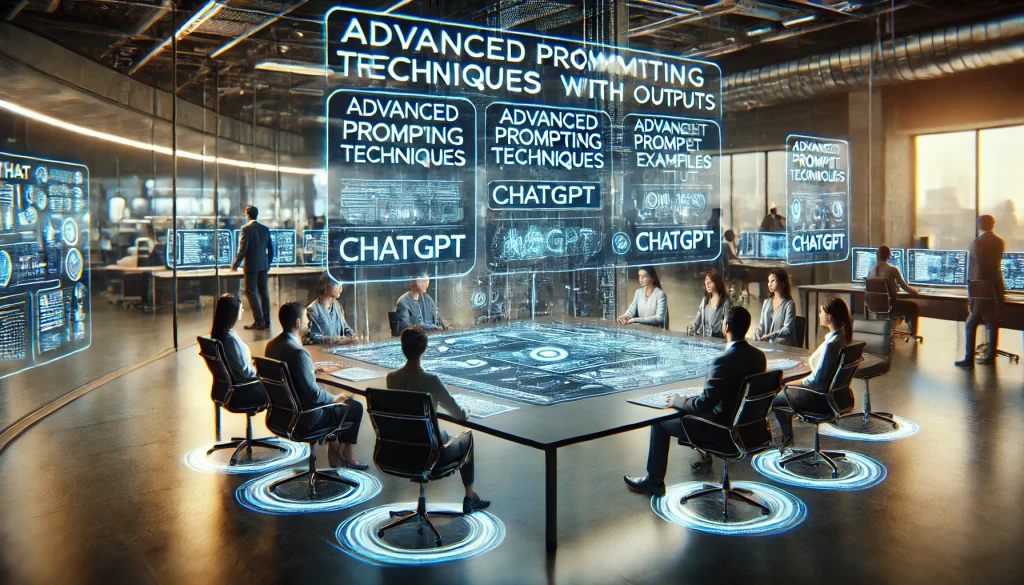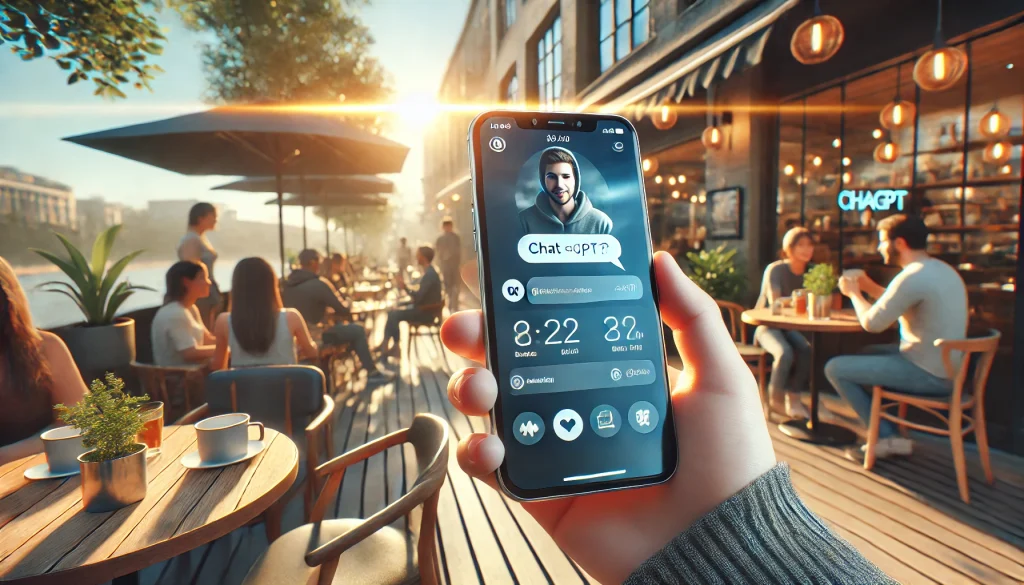In the digital age, the battle for attention is fiercer than ever. With so much content flooding the internet daily, how do you keep your audience engaged and coming back for more? The secret might lie in a strategy as old as storytelling itself—teasing future content. Just like the cliffhangers in your favorite TV show or the last chapter of a page-turning novel, giving your audience a taste of what’s to come can work wonders in keeping them hooked.
But why does teasing future content work so well, and how can you effectively use it to grow your brand or business? In this blog post, we’ll delve into the psychology behind content teasers, explore practical ways to create irresistible hints, and show you how to use this technique to turn casual visitors into loyal followers.
The Psychology of Teasing Content: Why It Works
Before we get into the how-to, let’s talk about why teasing future content works. At its core, this strategy plays on a psychological principle known as the Zeigarnik Effect. This effect states that people remember uncompleted tasks better than completed ones. In other words, if you leave your audience hanging, they’ll naturally want to come back to see how things unfold.
Teasing future content also builds anticipation and creates a sense of curiosity. When your audience knows that something exciting is coming, they’re more likely to stay engaged with your brand, eagerly awaiting the next piece of the puzzle.
Benefits of Teasing Future Content
Teasing future content isn’t just a fun trick; it’s a strategic move that offers several benefits:
- Boosts Engagement: People are more likely to engage with your current content if they know it’s leading to something bigger. Comments, likes, and shares tend to increase when there’s a sense of anticipation.
- Increases Retention: By hinting at what’s coming next, you give your audience a reason to return to your page or website. This helps reduce bounce rates and increase time spent on your site.
- Builds Loyalty: Consistently teasing future content can turn occasional viewers into loyal fans. They’ll start to associate your brand with ongoing value and fresh content that they don’t want to miss.
- Creates Hype: Teasers help create buzz around your upcoming content. They can be especially useful for launching new products, announcing events, or revealing exclusive information.
How to Tease Future Content: Best Practices
Now that you know why teasing works, let’s talk about how to do it effectively. Here are some practical tips for creating engaging teasers that keep your audience coming back for more.
1. Give Just Enough Information to Spark Curiosity
The key to a great teaser is finding the right balance between revealing and concealing. You want to give your audience just enough information to get them interested without giving away the whole story. Here’s how to do it:
- Use Cliffhangers: End your content on a note that leaves your audience wanting more. For example, if you’re writing a blog post series, finish each post with a question or a statement that hints at what’s coming next.
- Reveal Sneak Peeks: Share a small snippet or preview of your next piece of content. It could be the first few seconds of a video, a quote from an upcoming blog post, or a behind-the-scenes look at your new product.
2. Build a Content Series
One of the most effective ways to keep people engaged is by creating a series. Whether it’s a blog post, video series, or social media updates, a series gives your audience a reason to keep coming back. Here’s how to do it:
- Plan a Multi-Part Series: Break down your content into multiple parts that build on each other. Announce the series in advance so that your audience knows to expect regular installments.
- Label Each Part: Use clear labels like “Part 1 of 3” to let your audience know there’s more to come. This also creates a sense of progression and accomplishment as they follow along.
3. Use Social Media Stories and Polls
Social media platforms like Instagram, Facebook, and LinkedIn are perfect for teasing future content. Stories and polls can be used to engage your audience in a more interactive way. Here’s how you can leverage them:
- Post Interactive Stories: Share sneak peeks of your upcoming content in your Stories. Use features like countdown stickers to create excitement as the release date approaches.
- Create Polls: Engage your audience by asking them what they think your next piece of content will be about. This not only generates interest but also makes them feel involved in the process.
4. End with a Call to Action (CTA)
A well-crafted teaser is incomplete without a solid call to action. You want to guide your audience toward the next step, whether it’s signing up for a newsletter, following your page, or simply staying tuned for the next update.
- Encourage Followers: Use phrases like “Stay tuned!” or “Don’t miss out!” to create a sense of urgency and anticipation.
- Promote Engagement: Ask your audience to leave comments on what they think might happen next or what they’d like to see. This encourages interaction and gives you valuable feedback.
5. Set a Release Schedule
Nothing kills anticipation faster than inconsistency. If you’re going to tease future content, make sure you follow through on your promise. Set a release schedule and stick to it.
- Communicate Clearly: Let your audience know when they can expect the new content. Whether it’s weekly, bi-weekly, or monthly, make sure they have a clear idea of the timeline.
- Consistency is Key: Consistent posting helps build trust. If your audience knows they can count on you for regular updates, they’re more likely to keep coming back.
Common Mistakes to Avoid When Teasing Content
While teasing future content is a powerful strategy, there are a few pitfalls you’ll want to avoid:
- Over-Promising and Under-Delivering: If you build up too much hype without delivering on your promises, you risk losing your audience’s trust. Make sure your content lives up to the anticipation you’ve created.
- Teasing Too Much: Teasing is effective when done in moderation. If you constantly tease without delivering, your audience may grow tired and lose interest. Keep it balanced.
- Lack of Follow-Through: If you announce that something is “coming soon,” make sure it actually arrives soon. Delaying your content too long can lead to disappointment and frustration.
Examples of Effective Teasers in Action
To see teasing done right, let’s look at a few examples:
- Movie Trailers: Movie studios have mastered the art of the teaser. A trailer gives you just enough action, drama, and mystery to make you count the days until the movie’s release.
- Product Launches: Apple is famous for its product teasers. By slowly leaking information about new iPhones and gadgets, they create massive anticipation before the official reveal.
- TV Show Cliffhangers: TV series often end episodes with cliffhangers, making viewers impatiently wait for the next episode. This tactic keeps audiences loyal and invested in the storyline.
Conclusion
Teasing future content is like leaving breadcrumbs that lead your audience right back to you. By creating curiosity, building anticipation, and giving just enough information to spark interest, you can keep your followers engaged and excited about what’s coming next. Remember, the key to a great teaser is in finding that sweet spot between revealing enough to intrigue and holding back enough to keep them guessing.
So the next time you’re planning your content strategy, think beyond just the content itself. Plan how you’ll tease what’s to come, and watch as your audience keeps coming back for more!







